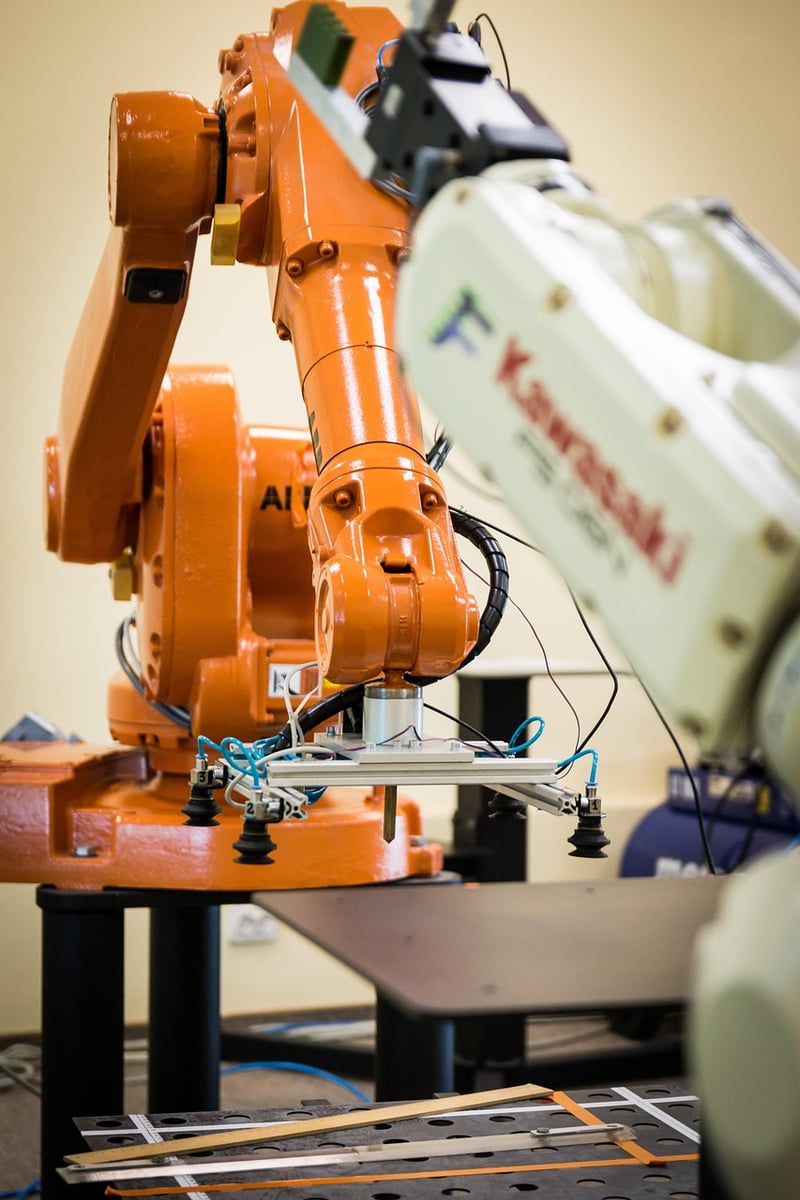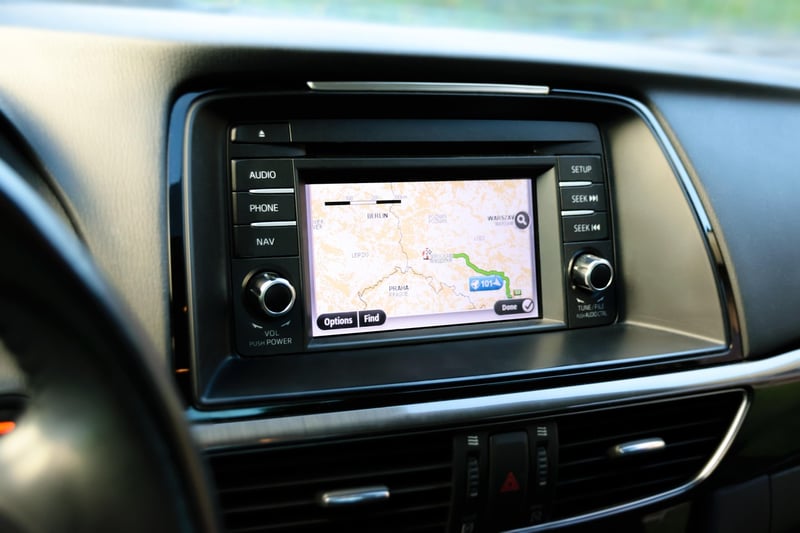Astroengineering
The Future of Space Exploration: Cutting-Edge Innovations in Astroengineering
Space exploration has always been a frontier that pushes the boundaries of human knowledge and technology. In recent years, cutting-edge innovations in astroengineering have revolutionized how we approach exploring the cosmos. From advanced propulsion systems to autonomous robots, these innovations are paving the way for a new era of space exploration.
1. Ion Propulsion Systems
Ion propulsion systems are a groundbreaking technology that uses electric fields to accelerate ions and generate thrust. Compared to traditional chemical propulsion systems, ion thrusters are more efficient and can achieve higher speeds over time. NASA's Dawn spacecraft, which explored the asteroid belt, and the Deep Space 1 mission are examples of missions that have successfully utilized ion propulsion.

2. 3D Printing in Space
3D printing has revolutionized manufacturing on Earth, and now it's making its way into space. Astronauts aboard the International Space Station (ISS) have successfully 3D printed tools and equipment, reducing the need to carry spare parts from Earth. This technology will be crucial for long-duration space missions, such as those to Mars, where resupply missions are not feasible.

3. Autonomous Rovers
Autonomous rovers are robotic explorers that can navigate and conduct experiments on distant planetary surfaces without human intervention. NASA's Mars rovers, Curiosity and Perseverance, are prime examples of autonomous robots that have significantly advanced our understanding of the Red Planet. These rovers are equipped with a suite of scientific instruments and cameras that allow them to gather valuable data.

4. Laser Communication Systems
Laser communication systems offer faster data transmission rates over longer distances compared to traditional radio frequency systems. This technology is essential for future deep-space missions that require high-bandwidth communication. NASA's Lunar Reconnaissance Orbiter (LRO) is one of the missions that have successfully demonstrated the use of laser communication in space.

As we look to the future of space exploration, these cutting-edge innovations in astroengineering will continue to drive advancements in our ability to explore and understand the universe. From faster propulsion systems to more efficient communication technologies, these innovations are shaping the next chapter of human exploration beyond Earth.
Explore more about space exploration and astroengineering on NASA's official website.
